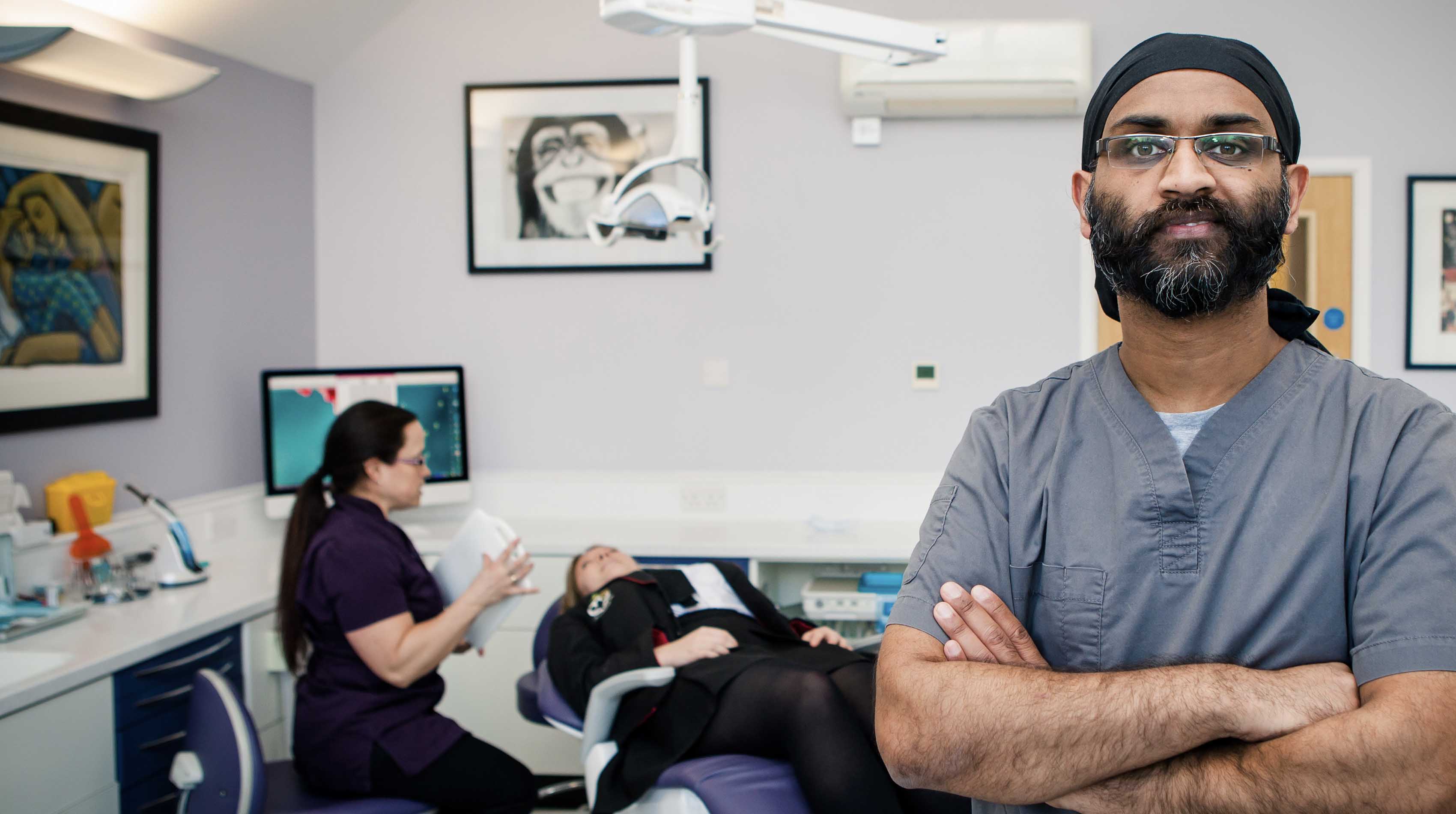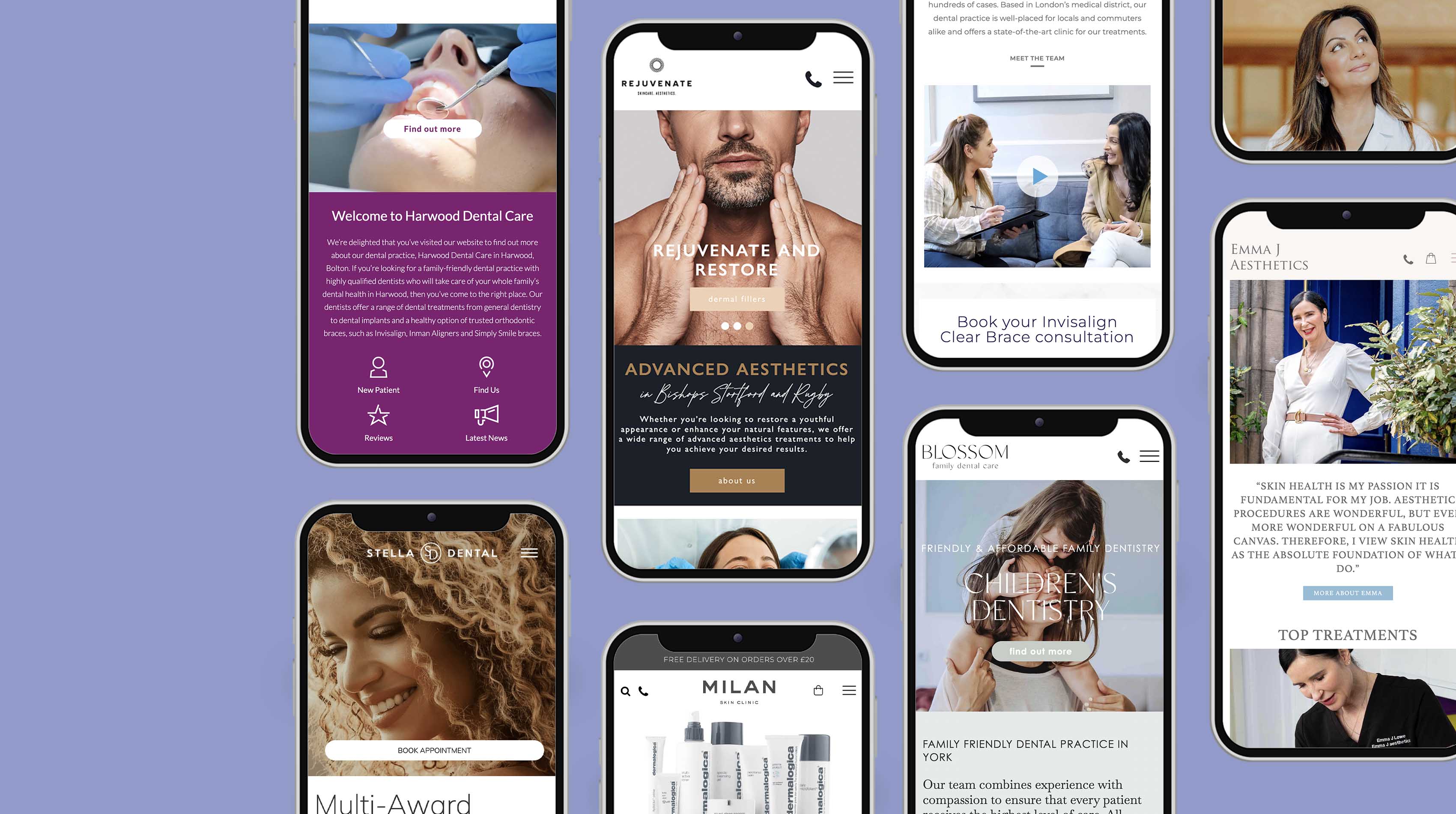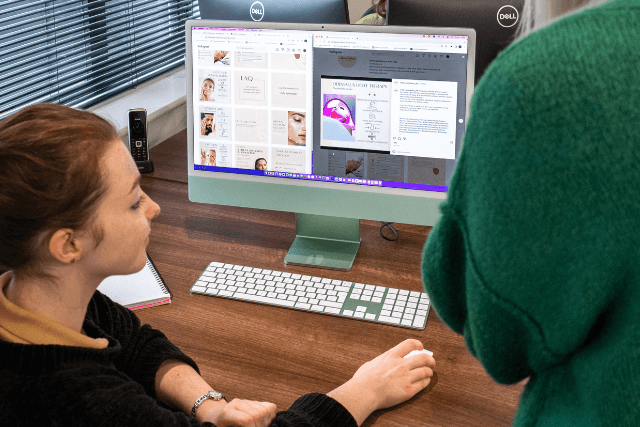So you have a website. You’re on Google Reviews. And you might even have lots of backlinks to your website from reputable media websites and bloggers. But you won’t get far with your digital marketing strategy by missing out on one of the biggest, most influential platforms on the web: social media. Here’s a guide to advertising your clinic or practice on social media, put together by our specialists in Nottingham.
Set Out Your Goals and Objectives
An overall strategy is one of the most important tools in any business arsenal – and a digital marketing plan is a huge part of it. Social media can grow your reach, refine who you target and encourage people to visit your website (and book your treatments). What is it you want to achieve by using social media advertising? What’s missing from your business? Questions like these can help you determine what kind of content you need to produce on social media platforms and who to target.
Hone In On Your Target Audience
Social media platforms let you choose from a wide range of demographics to reach your perfect client. You can target based on:
– Gender
– Age
– Relationship status
– Personality and interests
– Education level
– Location
– Political affiliation
…and much more, allowing you to control who sees your ads and letting you customise your audience accordingly.
Choose Your Ad Type
On social media, you can choose between organic ads or paid ads. Organic ads cover free-to-post content like photos, videos and stories) that any user or business can post. You won’t be able to target your audience here, besides using hashtags, and only a percentage of your followers will see what you put out. But, some of their friends and followers might see it. Businesses tend to use organic social as a way of relationship-building with their clients, providing entertaining, informative and inspiring content, giving customer service, and showing their brand is active and present online.
Paid ads, on the other hand, are where businesses pay money to share their content with specific audiences. This might be followers you already have, or an entirely new audience which you’re hoping to convert into paying clients. On social media, brands use paid ads to promote deals, raise awareness, build leads and followers and drive conversions (i.e. bookings on your website or sales on your estore).
Most successful businesses will use a mix of the two.
Create Your Content
There are lots to consider when advertising on social media – whether paid or organic. You’ll need an image or video; well-crafted copy; and an attractive call to action (CTA) that encourages your audience to click. You’ll also want to consider where that click links to, and make sure that the webpage has all the information that the lead needs to convert (that’s make a booking or purchase). One of the best tactics for paid advertising on social media is to direct leads to a landing page that’s hidden on your website menus, but accessed through a link. That way, you can track visits more easily.
Not every business has the budget to produce flashy videos and images, which is where stock websites come in handy. And the same can be said for content, too – while a social media expert or copywriter should be crafting this for you, there’s a lot to be said for authenticity and some brands do well when their own teams take the helm.
Track, Measure and Analyse
It’s no use creating content and posting it without a way to see if it’s successful. Social media platforms are run by algorithms and analytics, with lots of insights built-in to help you track what’s working – and what isn’t. Sometimes, a campaign doesn’t go as well as expected, so you tweak your demographics for next time. Or, you might find that leads are visiting your landing page, but not converting – meaning the issue might lie with your website.
Usually, engagement is one of the biggest metrics to pay attention to – who’s been liking, commenting, sharing and clicking – and who’s been mentioning (a kind of online tag) your business. You can also look at:
– Impressions (how many times a post shows up in a feed)
– Reach (unique viewers per post)
– Share of voice (who’s talking about your business in your sector)
This is just the tip of the iceberg, though – and what’s relevant to one business (or campaign) doesn’t apply to all.
Putting It All Together
Advertising on social media can feel like a fickle business. That’s where our team of digital marketing experts in Nottingham come in. With some of the best content specialists, web designers, social media managers and web developers in the aesthetics industry, we can help define your digital marketing strategy and conquer social media.









